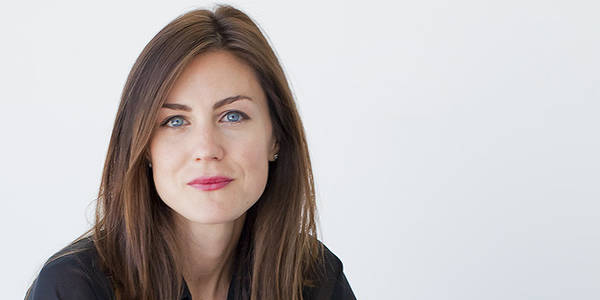profile / alumni / environmental-design
August 06, 2018
Writer: Solvej Schou
André Kim: Environmental Design Alum Glides From Cycling to Starbucks
At an upscale Starbucks Reserve coffee bar just south of Los Angeles music venue the Greek Theatre, with zig-zagging wooden countertops and the caffeinated clickety-clack of customers on laptops, Environmental Design alumnus André Kim (BS 2007) sips from a savory cup of macchiato: an espresso with a splash of steamed milk.
The director of Seattle-based Starbucks’ global concepts design and innovation, Kim soaks in the smells, sounds and glass-walled layout of the coffee shop. It’s one of several dozen Starbucks Reserve bars across the country, featuring limited quantity coffee hailing from El Salvador to Ethiopia.
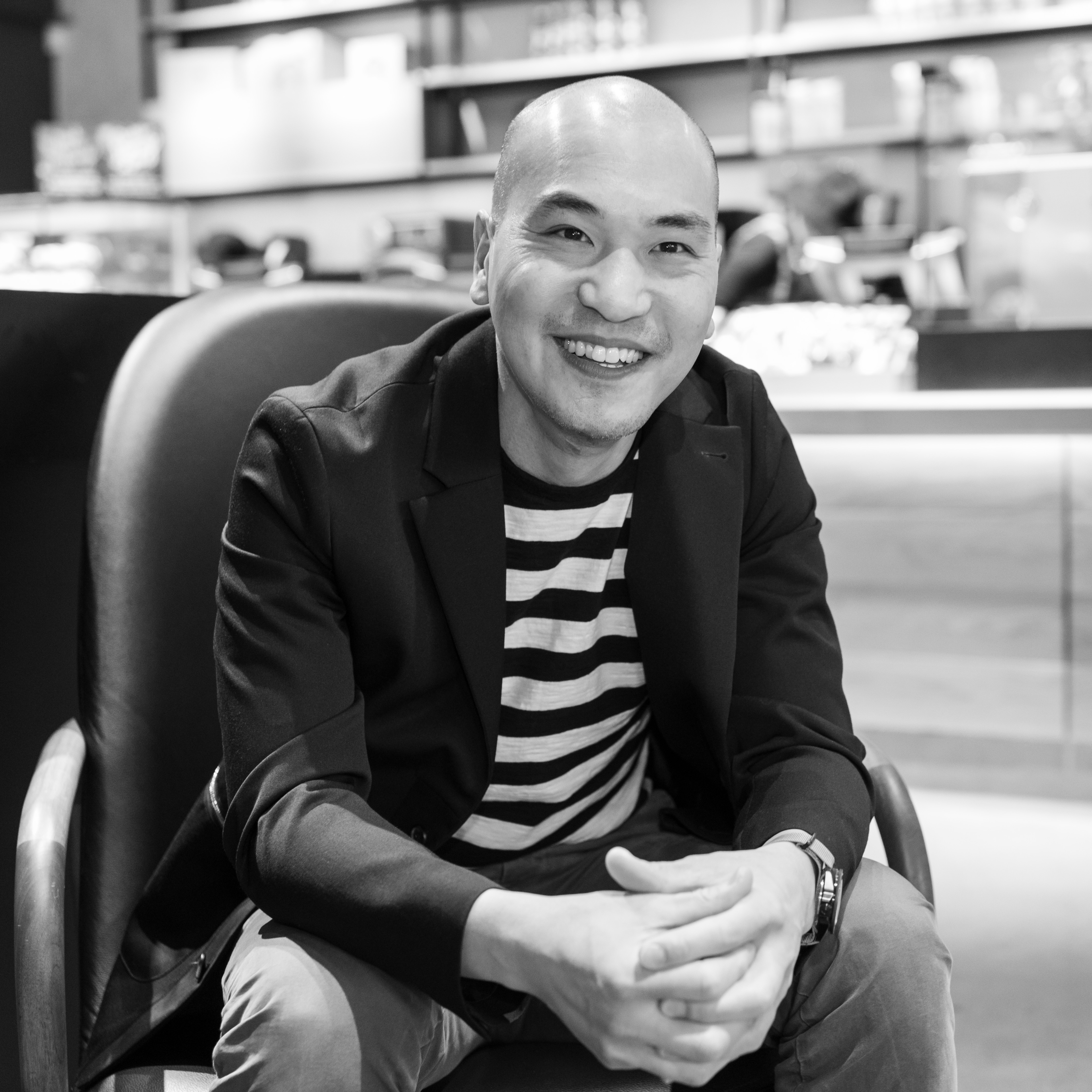
When I’m designing a space, I think, ‘What is that first moment you experience the design?' I try to prioritize that moment.
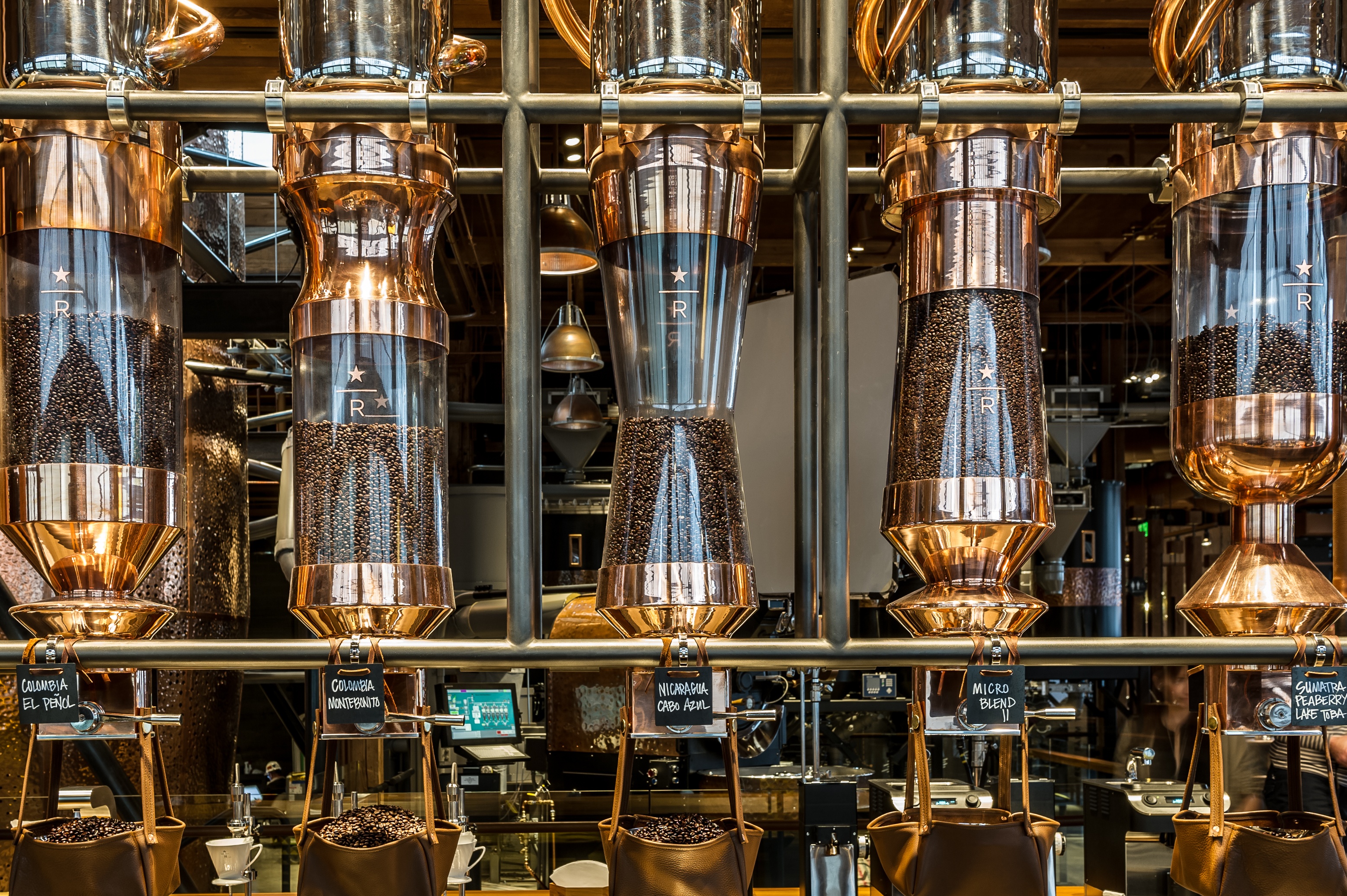
Kim is best known for having been the senior concept designer of the company’s flagship 15,000-square-foot Seattle Starbucks Reserve Roastery, which opened in 2014, and 30,000-square-foot Shanghai Roastery, which opened in late 2017. These roasteries are “theaters of coffee,” he says. In them, customers view coffee beans in a giant gleaming hammered copper shell being roasted and funneled through a twisting assembly line of tubes to glass silos above coffee bar areas, where they’re ground and brewed.
“We created the copper shell, which casts a warm inviting light, as the heart and soul of the entire roasting facility,” says Kim, who grew up in Seattle a “huge coffee nerd” and had his first espresso at a local Starbucks as a teenager.
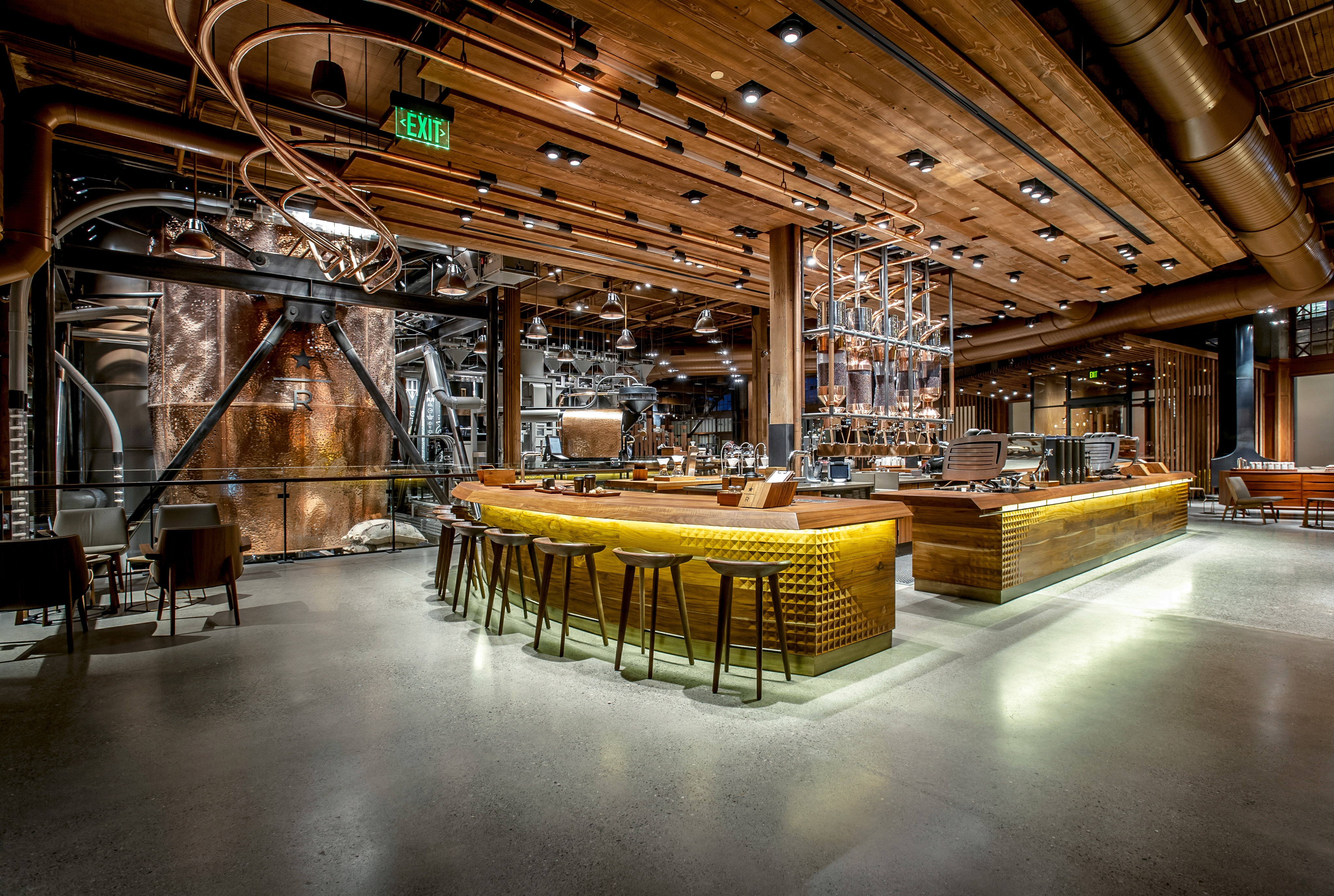
For 10 years he raced as a semi-professional cyclist, competing against the likes of Lance Armstrong, until a head-on collision with a truck cut short his Olympic aspirations. He stopped racing, took a road trip and decided to move to L.A. and build up his portfolio to apply to ArtCenter. He took ArtCenter at Night (now called ArtCenter Extension) courses, and was accepted into the College's Environmental Design program.
“Visual Communication courses were mind-blowing to me,” he says, as was learning to develop forms and designs from his imagination rather than drawing from reference. In a course taught by his favorite teacher, Professor Rob Ball, Kim designed an exhibit in which travelers walking in opposite directions through an airport corridor can view each other’s movements highlighted through a special screen bisecting the passageway. “When I’m designing a space, I think, ‘What is that first moment when you experience the design?” he says. “I try to prioritize that moment.”
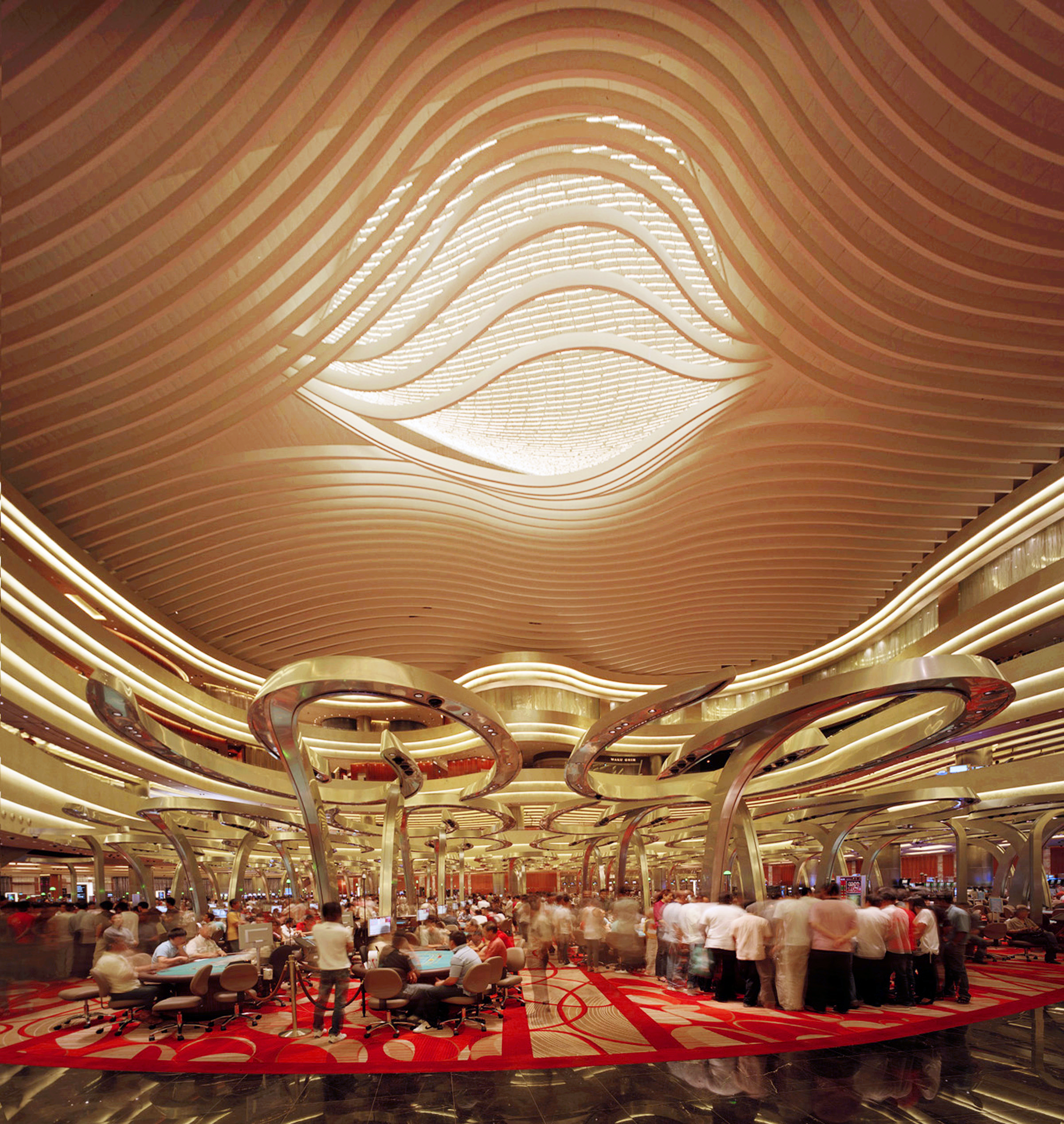
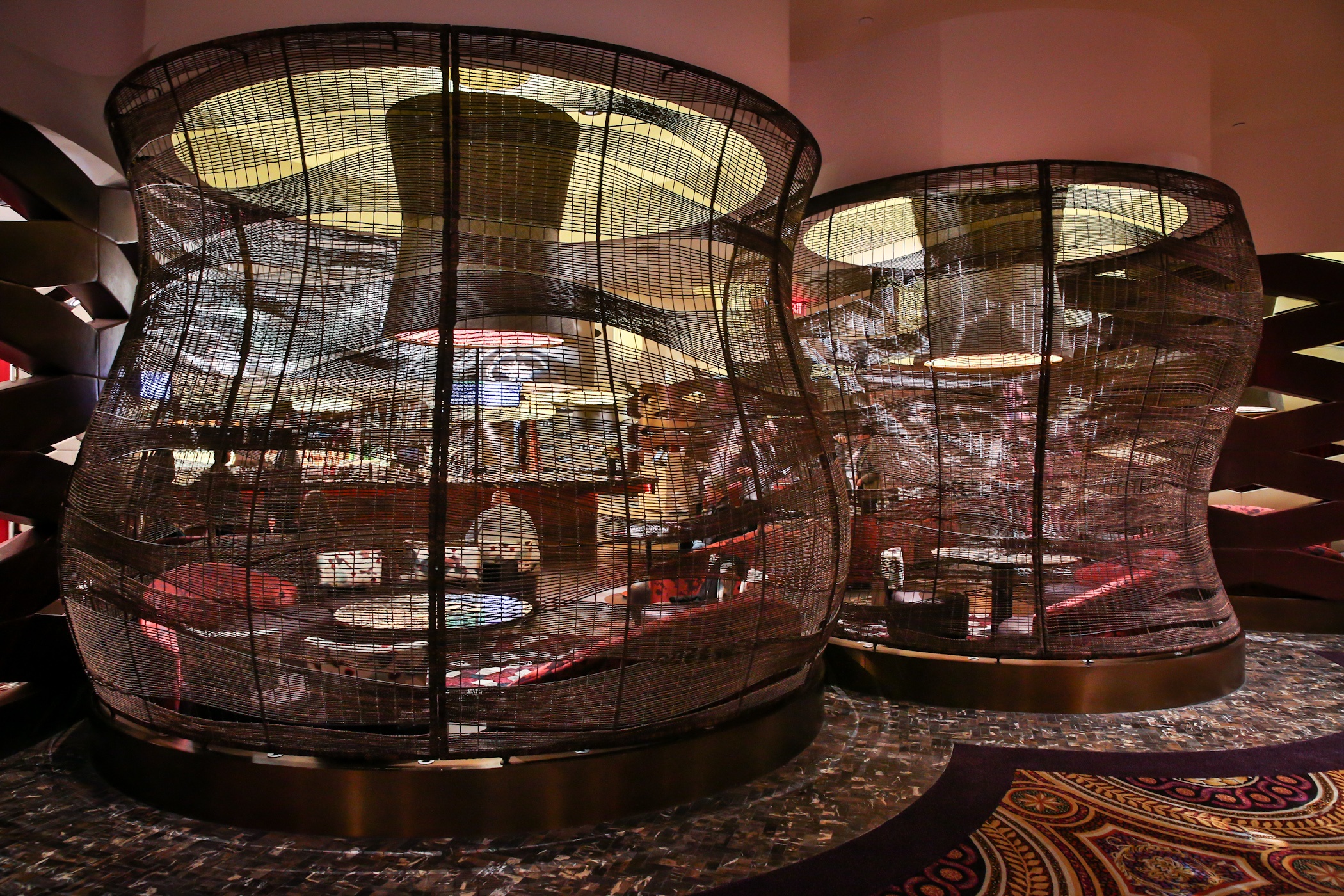
Kim’s journey from coffee nerd to accomplished ArtCenter alum and Starbucks design honcho has been a winding one. He immigrated to the U.S. with his parents as an infant. He loved to draw fast cars, and considered being a car designer, but his parents urged him to follow a more traditional path.
“They were typical Korean immigrant parents, telling me, ‘You’re going be an engineer, doctor, lawyer,’” he says. So Kim went to college as a pre-med student, and then his hobby of cycling took off. “I made the bold decision to quit school and pursue an athletic career,” Kim says. “My parents freaked out.”
In the Seattle Roastery, a fireplace greets customers when they first walk in, evocative of roasting coffee with fire, Kim says, and views of the roasting facility from a one-way bathroom mirror represent transparency. He spent nine months in China to design the Shanghai Roastery, which includes bolder pops of color and Chinese seals, known as “chops,” wrapping the copper shell that houses coffee beans.


A seven-month internship in New York at interior design firm Studio Gaia, while he was a student, opened up his mind to future opportunities. After graduating, he worked in L.A. as a project designer at Wet Design, then for five years as a designer and project manager at the Rockwell Group in New York, where he designed high-end Nobu restaurants and hotels in L.A., Qatar and Las Vegas. Seeking change, he connected with Starbucks. “To come back to my hometown and design a project like the Roastery was a big opportunity,” he says.
In late 2017, in order to stay closer to home to care for his father, Kim started his current Seattle-based director position and is no longer designing Roasteries (upcoming ones are in Milan, New York City, Tokyo and Chicago). His team is focused more broadly across the entire Starbucks brand: creating new drive-through formats, concepts, sub-brands and more. He’s been working on updating the design of Starbucks’ espresso machines, as well as furniture and lighting in stores.
“Racing gave me the discipline to do design work. Still, back when I was at ArtCenter, my parents weren’t thrilled about it,” Kim says, taking one last sip of his espresso. “But after I showed them my work on campus during a visit to Pasadena, that night at dinner they said, ‘André, you’re doing what you were always meant to be doing.’”




